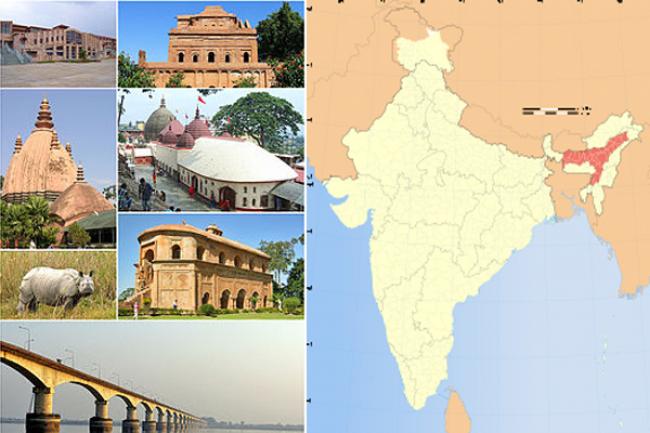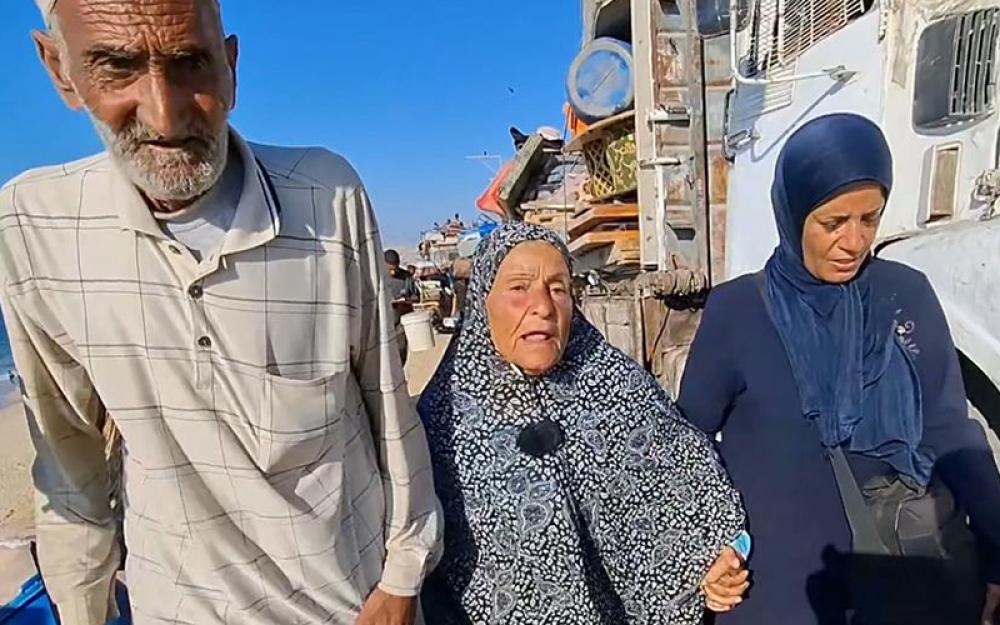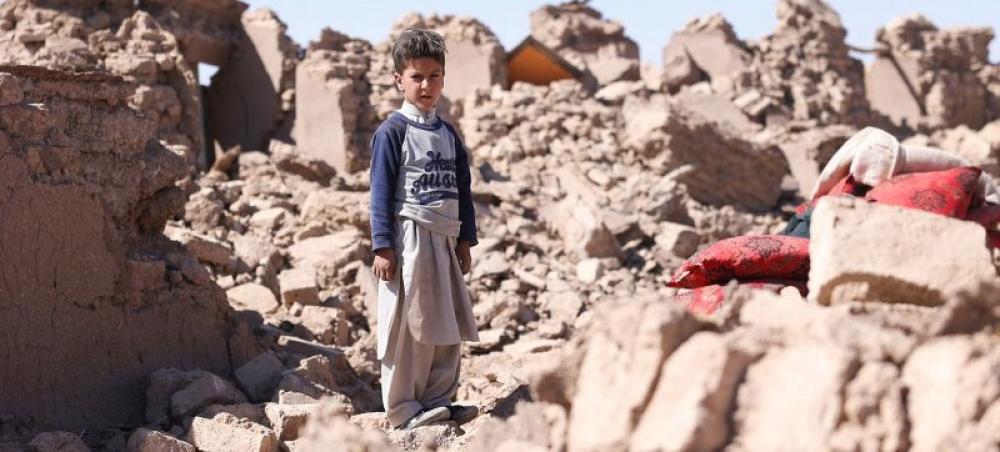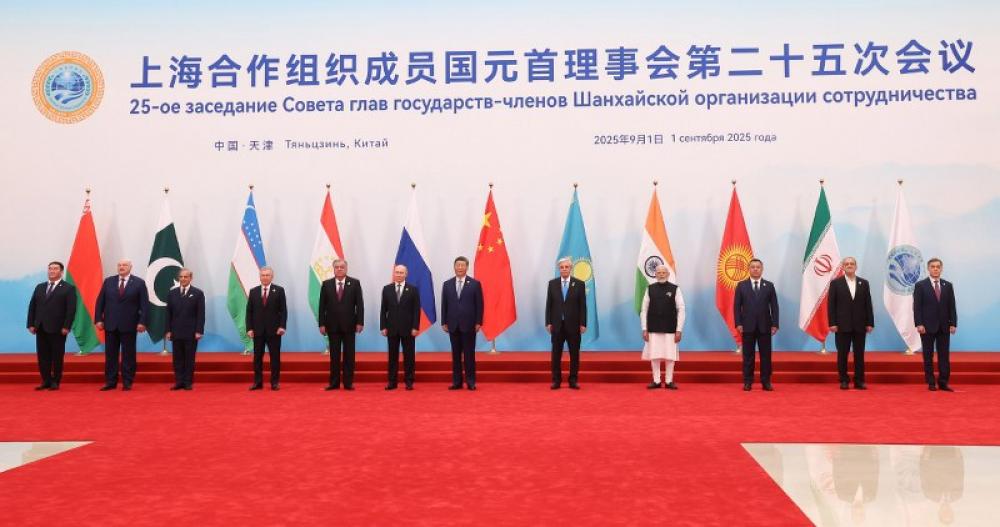By M.A. Athul 07 Sep 2015, 10:45 am Print

Earlier, on August 29, 2015, two NDFB-IKS militants, identified as 'platoon commanders' N. Gwndwi and B. Jwanthi, were killed in an encounter with SFs at Oxiguri village in Chirag District.
On July 17, 2015, Police killed a 'deputy commander' of NDFB-IKS, identified as Sijoy, at Chautara in Kokrajhar District. He had a bounty of INR 500,000 on him. An unnamed Police official disclosed that Sijoy had led the group of militants which had killed Sonitpur District Additional Superintendent of Police Gulzar Hussain on January 29 2014.
Significantly, soon after the December 23, 2014, massacre, the Government of India (GoI) launched Operation All Out against the NDFB-IKS, the outfit responsible for the massacre. According to a Union Ministry of Home Affairs (UMHA) report, during the period from 26.12.2014 to 27.6.2015, at least 383 militants and linkmen of NDFB-IKS have been arrested and 12 militants have been killed by SFs in this operation. Though no further official details are available, according to partial data compiled by the South Asia Terrorism Portal (SATP) another 43 NDFB-IKS militants has been arrested and seven have been killed since June 28, 2015 (all data till September 3, 2015). Thus a total of at least 426 NDFB-IKS militants have been arrested and 19 have been killed during the course of the ongoing Operation.
The Operation has also succeeded in putting pressure on north-east militants hiding in Bhutan. Sashastra Seema Bal (SSB) officials, on July 18, 2015, stated that they have been able to substantially cut off ration supplies to militants holed up in Bhutan because of stepped up counter-insurgency operations against the NDFB-IKS along the international border in western Assam. SSB officials observed, "We have information that the cutting off of the supply line has resulted in significant shortage of ration for leaders and cadres taking shelter in Bhutan. There is also desperation among the cadres to cross the border either for access to ration or surrender." However, no such surrenders have been reported so far.
Since its formation on November 20, 2012, NDFB-IKS had emerged as one of the most violent groups in Assam. Out of 221 civilian fatalities in the State between November 20, 2012, and December 23, 2014, NDFB-IKS was responsible for 140. The next most violent outfit was Kamtapur Peoples Liberation Tigers (KPLT) with 12 fatalities. Similarly, out of 13 SF fatalities in Assam during this period, NDFB-IKS was responsible for five. The next most violent outfits were United Achik Liberation Army (UALA), a Meghalaya based militant outfit, and the Isak-Muivah faction of National Socialist Council of Nagaland (NSCN-IM), with two fatalities each. NDFB-IKS' growing presence on the ground is further evidenced by the fact that, out of 181 militant fatalities during the same period, 65 were of NDFB-IKS alone. 27 fatalities among civilians and one among SFs remained unattributed. More worryingly, NDFB-IKS was responsible for two recent massacres in Assam - the May 1-3 2014, massacre andDecember 23, 2014 massacre.
However, Operation All Out has inflicted a severe blow to NDFB-IKS. Indeed, NDFB-IKS has not been found involved in any of the eight civilian killings in Assam in 2015, although the lone incident in which SFs were targeted was carried out by the NDFB-IKS. A Junior Commissioned Officer (JCO) of Assam Rifles (AR) was killed at Sonitpur District on January 2, 2015. 43 insurgency-related fatalities (eight civilians, one trooper and 34 militants) have been recorded in Assam in 2015, till date. In the corresponding period in 2014, Assam had recorded 184 fatalities (95 civilians, five SF personnel and 84 militants), clearly indicating the direct correlation between NDFB-IKS activities and violence in the State.
Although low- and mid-level cadres of NDFB-IKS have been decimated and operational capability of the group has been sharply contained for the present, the top leadership is relatively safe in Myanmar and in jungles along the Indo-Bhutan border. On April 24, 2015, it was reported that NDFB-IKS had removed its 'president' Songbijit and its 'interim general secretary' B. Saoraigwra was elevated to the post. Songbijit was reportedly sidelined when the outfit took the decision to massacre the Adivasis. The massacre was executed under the direction of G. Bidai, who continues to hold the position of 'deputy chief' of NDFB-IKS. The current status of IK Songbijit is unclear. According to information available with security agencies, B. Saoraigwra is believed to be hiding at Manas National Park, bordering Bhutan; while Songbijit is reportedly in Myanmar.
Not surprisingly, the threat from NDFB-IKS remains. In a worrisome development, it was reported in April 2015 that the NDFB-IKS, along with other militant groups such as the 'Independent' faction of United Liberation Front of Asom (ULFA-I), Kamtapur Liberation Organisation (KLO) and Khaplang faction of National Socialist Council of Nagaland (NSCN-K), had formed a joint front of militant groups, called The United National Liberation Front of Western South East Asia (UNLFWESEA). Significantly, UNLFWSEA was responsible for the June 4, 2015, ambush at Parlon in Chandel in Manipur, in which 18 SF personnel and two militants were killed. It was later known that, after the ambush, the 'victory photograph', which was widely published in the media', was taken at the Mawku camp belonging to militant groups, including NDFB-IKS. The camp is situated 12 kilometres inside Myanmar.
Also, according to an August 24, 2015, report 25 militants headed by G. Bidai were still inside Assam and were hiding in thick jungles near the Manas National Park. The group had narrowly escaped on May 7, 2015, when SFs had neutralized their camp. The group has since been on the run. According to information available with security agencies, the group managed to sneak into Bhutan on July 2, 2015, and stayed there for about a month before returning to Assam.
Meanwhile, the National Investigation Agency (NIA), which has taken up the December 23, 2014, massacre case, stated that "It has been established by this investigation that members of 'Adibashi' community were specifically targeted through these coordinated attacks on December 23, 2014, because the senior leadership of the NDFB-IKS harboured the perception that members of the community had been instrumental in providing information about NDFB-IKS to SFs and that it has resulted in significant 'losses' for the organization in anti-terrorist operations conducted by the SFs. This has been substantiated by the confessional statement of an accused."
The operational successes against the NDFB-IKS have been achieved due to the significant role played by the Central Forces. The Central Government has deployed about 9,000 Army and paramilitary personnel for the Operation, but these Forces cannot be expected to remain permanently. Eventually, it will be the responsibility of the State Police to sustain the gains made by the Central Paramilitary Forces (CPMFs). Unfortunately, although Assam has a Police-population ratio of 173 to 100,000, as against a national average of 141 [NCRB data for 2013], the State Police is in no shape to take charge of counter insurgency operations in the State. The poor condition of the State Police was documented in the Comptroller and Auditor General's (CAG) year ending report (March 31, 2014), which had stated that 26 per cent of weapons and same percentage of ammunition with the Police Force were obsolete. It also stated that the objective of establishing the Counter Insurgency and anti-Terrorist Training Schools (CIAT) had not been achieved, as the 4,769 personnel, who completed training at these schools were not trained in various aspects of counter insurgency such as "night training, underground firing and jungle warfare training".
Crucially, gains on the security dimensions need to be quickly followed by vigorous interventions by the civilian administration to gain the support of the 'contested population' through effective economic and social programs. Successive Governments in Assam have been extraordinarily myopic, inefficient and riddled with corruption, and have failed fairly comprehensively in this regard. Most significantly, the issue of illegal migration across the still porous borders remains entirely unaddressed, even as the demographic destabilization and political polarization caused by past illegal migration - the original cause of the many insurgencies in the State - not only continues to be ignored, but has, in fact, become an integral part of electoral manipulations in Assam, resulting in the polarisation of society along ethnic lines. As long as these conditions persist, and despite extraordinary efforts and successes by the SFs, militancy, like a Lernaean Hydra, will refuse to die.
- Afghan media claims ISIS-K still operates in Pakistan — Peshawar killing raises alarm
- Pakistan: Balochistan bomb blast leaves eight people, including 7 Levis personnel, injured
- Pakistan: Police kill three gunmen during encounter
- Pakistani politician survives blast inside Lower South Waziristan mosque
- Israel-Lebanon: IDF eliminates Hezbollah leader Abbas Hassan Karky






